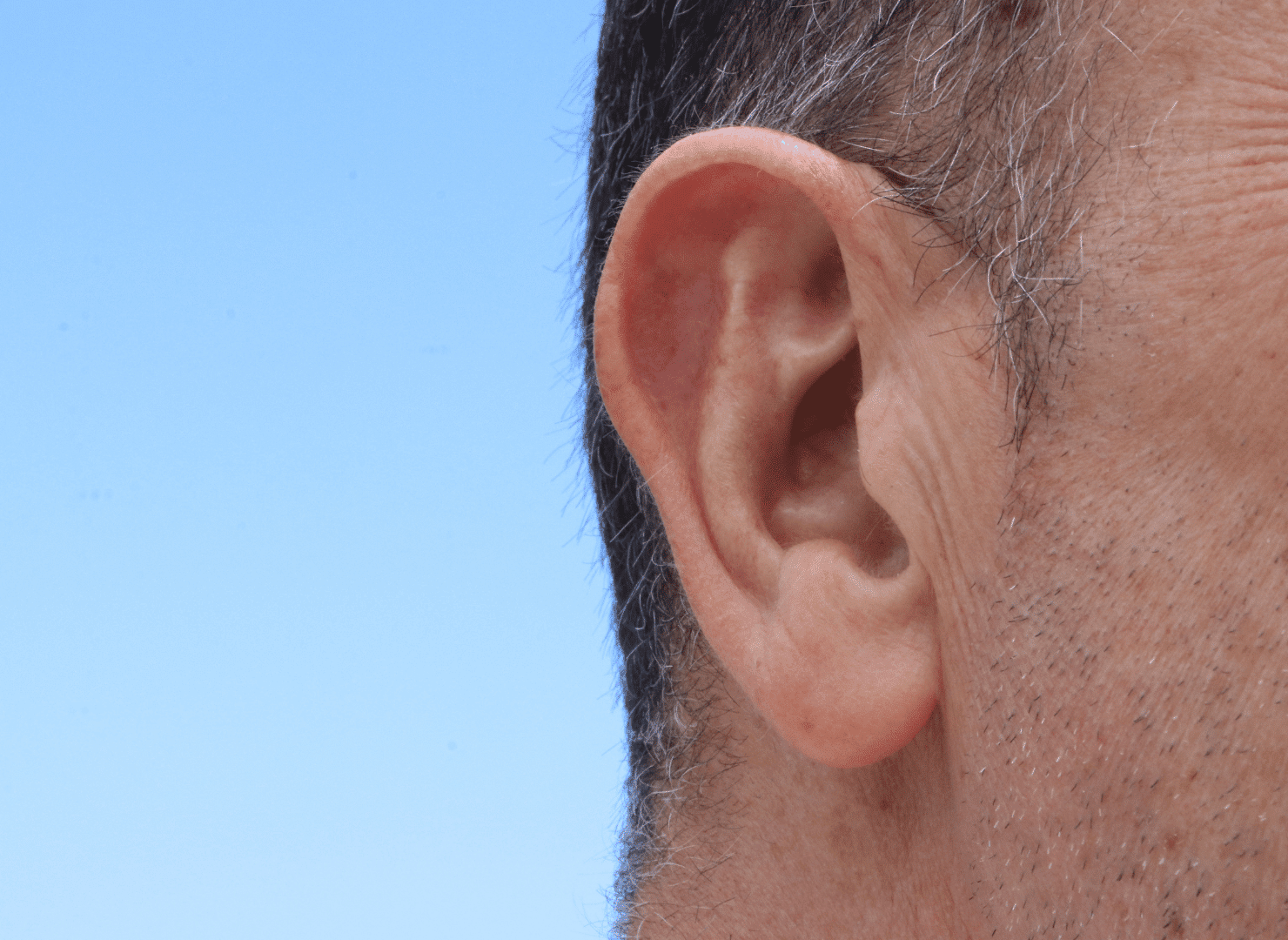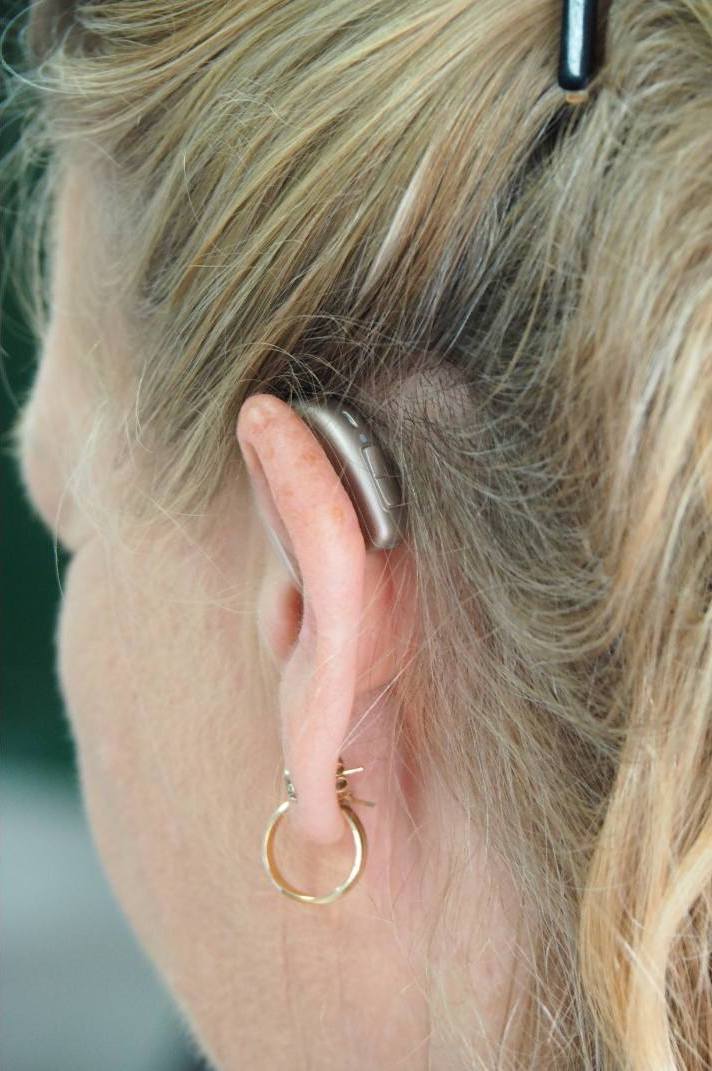Are Siemens Hearing Aids a Good Purchase?
Navigating various hearing aid brands can be overwhelming, especially for first-time users. You discover Siemens hearing aids and search online resources only to discover that it has another name, adding to the confusion. This article covers the rebranded Siemens hearing aids and all the other vital aspects of these innovative hearing assistance devices.
About Siemens Hearing Aids
Formerly known as Siemens Audiology Group or Siemens Hearing Instruments, the division belonged to the larger Siemens Healthcare. In 2014, a significant change took place. Siemens sold this division, 'Siemens Hearing Instruments,' to a keen German investor. Siemens was an innovator in digital hearing aids. They were the first to introduce wireless ear-to-ear connectivity to the market. However, this change in ownership can often confuse. Online searches for "Siemens hearing aids" may lead users to reviews and non-shop sites instead of product listings.
From Siemens to Signia
Sivantos Hearing Instruments bought Siemens Hearing Instruments, rebranded its products, and unveiled them as 'Signia' in 2015. Despite the name change, devices still employ Siemens' preceding tech. So, when buying these hearing aids, you're purchasing from Signia.
Who Manufactures Siemens?
Four years after Sivantos acquired Siemens Hearing Instruments, it merged with an even bigger manufacturer. Currently, WS Audiology manufactures, develops, and sells Signia hearing aids. Aside from Signia, the manufacturing company oversees other brands, including Widex, A&M, and Audibene.
Siemens Hearing Aids Cost
Signia hearing aids range in price from $1,970 to $3,800. Compared to other hearing aid brands, this is moderately costly. Prices vary based on the type and technology of the hearing aid. Additionally, costs fluctuate due to packaged services offered by an audiologist or distributor, thus impacting the overall price.
Siemens Signia Models
This section will delve into the details of Siemens hearing aids. We'll provide information regarding the types of hearing aids, their suitability for hearing loss levels, and their distinct features.
Styletto AX: $2500+
- Receiver-in-canal (RIC); suitable for mild to severe hearing loss
- 17-20 hours battery life per charge
- Portable charging case with four days' worth of charge
- Android and iPhone connectivity (hands-free for iOS)
Styletto X: $2400+
- RIC; for mild to severe hearing loss
- Equipped with acoustic-motion sensors
- Wireless charger providing up to three days of power
- Connectivity with all Bluetooth devices
- All adjustments made via an app
- 16-19 hours battery life per charge
Pure AX: $2600+
- Behind-the-ear (BTE); for all hearing loss levels
- Comes with rechargeable or disposable battery options
- Up to 36 hours of use on a single charge
- Tinnitus therapy feature
Pure X: $2600+
- BTE; for all hearing loss levels
- 20% more battery capacity than the Pure AX’s
- Longer overall battery lifetime
- Acoustic-motion sensor tech
Insio Charge&Go AX : $2400+
- In-the-ear (ITE) and in-the-canal (ITC) options; for all hearing loss levels
- Streaming for all Apple devices and some Android devices
- Custom-tailored for fitting with an earbud-like design
- 20-hour battery life
Signia Active: $1970+
- ITE; for mild to moderate hearing loss
- AI-digital assistant
- Up to 26 hours of use on a single charge
- Enhanced speech recognition and situation detection
Silk X: $2200+
- Completely-in-canal (CIC); for mild to moderate hearing loss
- Soft silicone material for better comfort
- One of the most discreet options from Signia
- Does not support music and streaming
Motion X: $3800+
- BTE; for all hearing loss levels
- Up to 61 hours on a single charge
- Own Voice Progressing, which makes the user’s voice sound natural to themselves
- Custom-fitting option
Signia’s Tech
Signia's technology evolved from Xperience (X) to the enhanced Augmented Xperience (AX). While X provides clarity, especially in motion, AX processes speech and background noise separately. This dual-processing results in superior speech understanding while maintaining surrounding noise awareness.
Find Affordable Hearing Aids Now
Pros and Cons of Signia
Weighing the strengths and weaknesses of Signia hearing aids is crucial. Here are the key factors that would aid your decision-making process:
Pros
- Offers diverse styles and types of hearing devices
- Hearing professionals custom-fit all Signia devices
- Virtual interaction with hearing specialists via the app
- Some models are suitable for all types of hearing loss
- Utilizes advanced Siemens technology
Cons
- Devices are potentially pricey, with costs dependent on location and retailer
- An in-person hearing exam is required before purchase
- Limited models offer rechargeable batteries
- Availability could be problematic due to ceased production
Audicus vs. Signia
Both Audicus and Signia provide free online hearing tests and have audiologists. Affordability sets Audicus apart, with prices starting lower than Signia's range of $1,900 to $5,945. For comparable technology, Audicus presents a more cost-effective choice of hearing aids. The technological aspect presents another contrast. Some users report malfunctions with Signia's high-tech features, but Audicus excels in reliability. Our hearing aids are custom-programmed, ensuring a trustworthy and efficient performance.
Siemens and Signia Reviews
For a balanced perspective, we'll provide you with one positive and one negative review regarding Signia hearing aids. These are from Consumer Affairs, an online resource and review provider for many industries. Signia has 3.8 out of 5 stars, with a total of 61 reviews. “The Signia hearing aids I purchased two years ago are superior to others I have had. These aids have had no problems due to the aid itself. I have 5 different channels that include: Bluetooth, Telecoil which allows me to listen directly in my aids to a speaker in a room with a loop system installed. Also, a channel for privacy, and one for noisy environment.” – Richard K. (5 stars) “I was fitted with Motion SP 1x hearing aids for both ears by EVMS. I have worn hearing aids for over 20 years. Within 2 weeks I began having issues. They claim an IP68 rating, however the smallest drop of sweat or moisture causes them to short out, even with ear sleeves. I have had to do a warranty replacement 4 times over a year and half and Signia will not deal directly with a customer.” – Andrew (1 star)
FAQs:
What is Signia’s Augmented Xperience?
Signia's Augmented Xperience is an enhanced technology that separately processes speech and background noise. This tech improves speech comprehension while maintaining awareness of other noises.
Are Siemens hearing aids still on the market?
Siemens hearing aids are not on the market anymore, but this tech is used in Signia products.
How long do Signia hearing aids last?
Signia hearing aids typically last 5-7 years, depending on care and maintenance.
Where can I get Signia hearing aids?
To get Signia hearing aids, you need to visit a hearing specialist as they aren't purchasable directly from their website.




